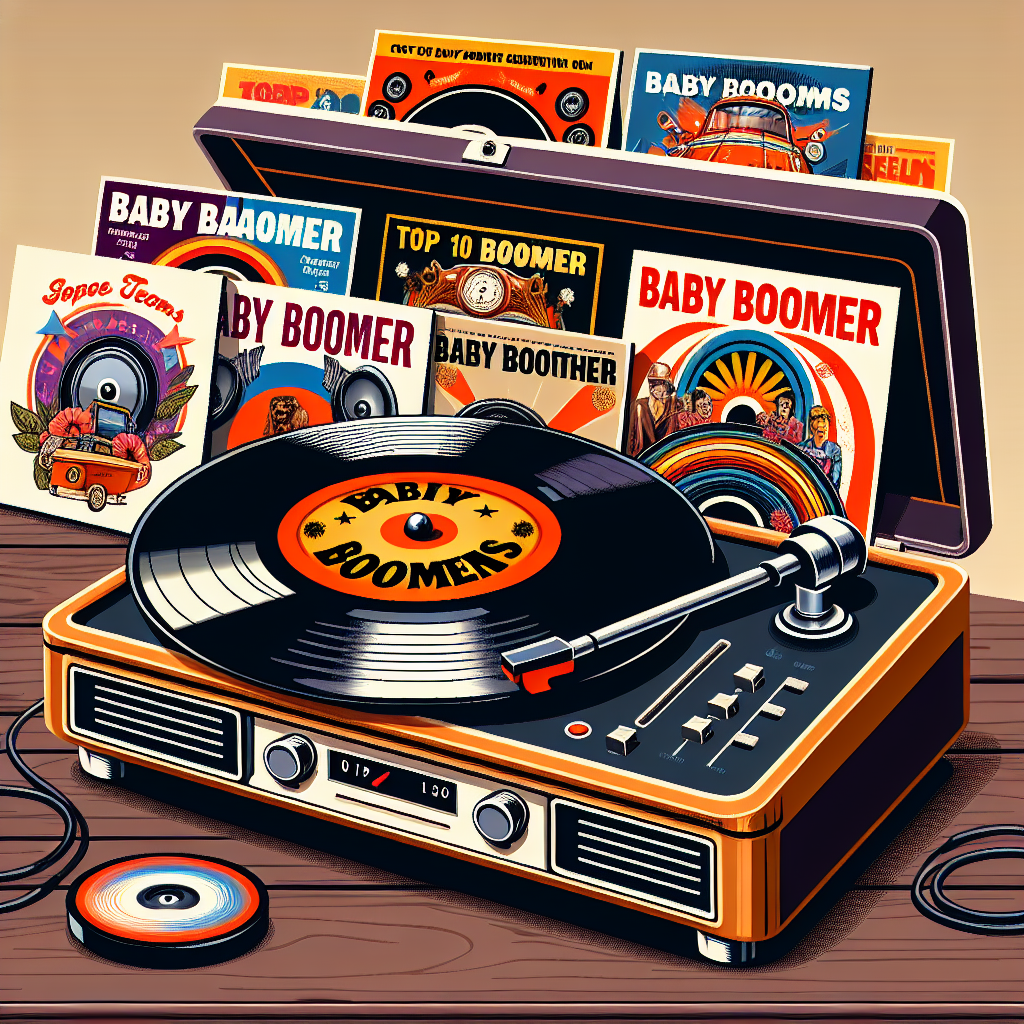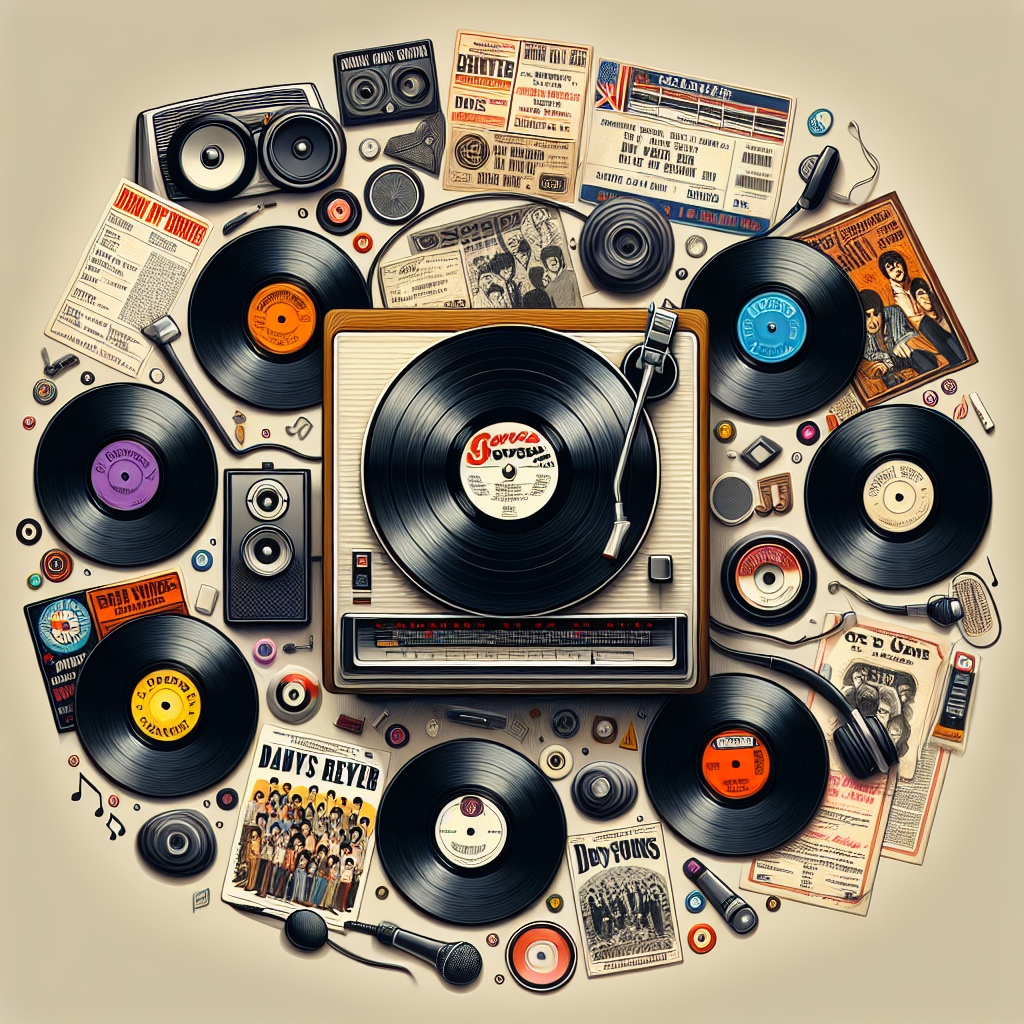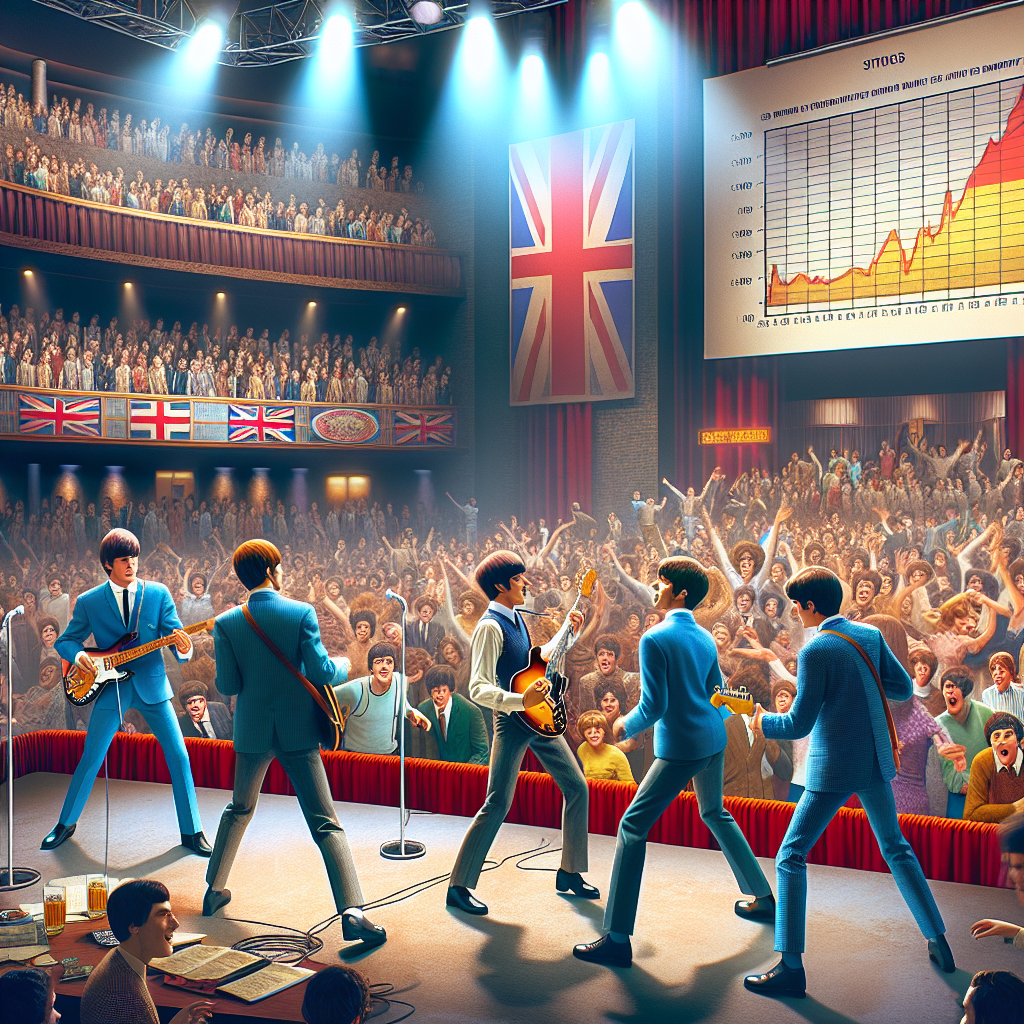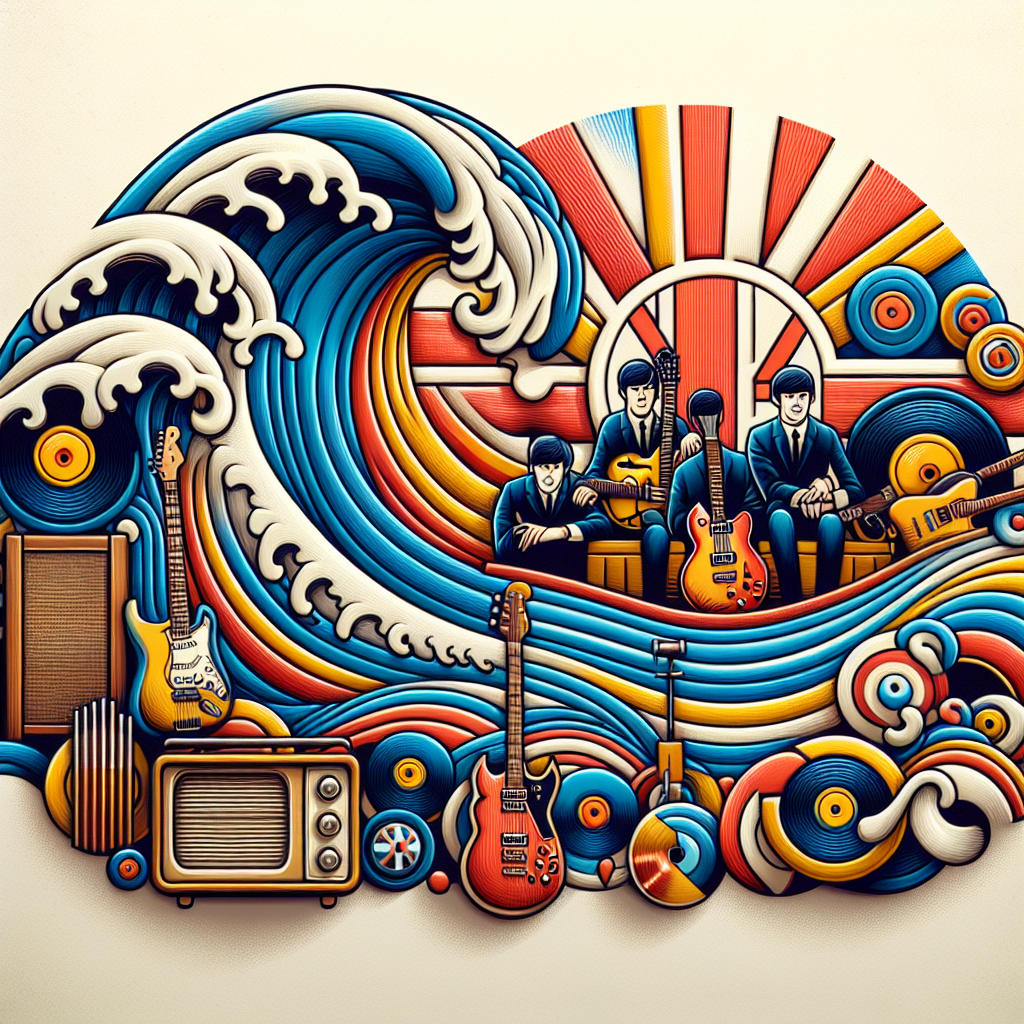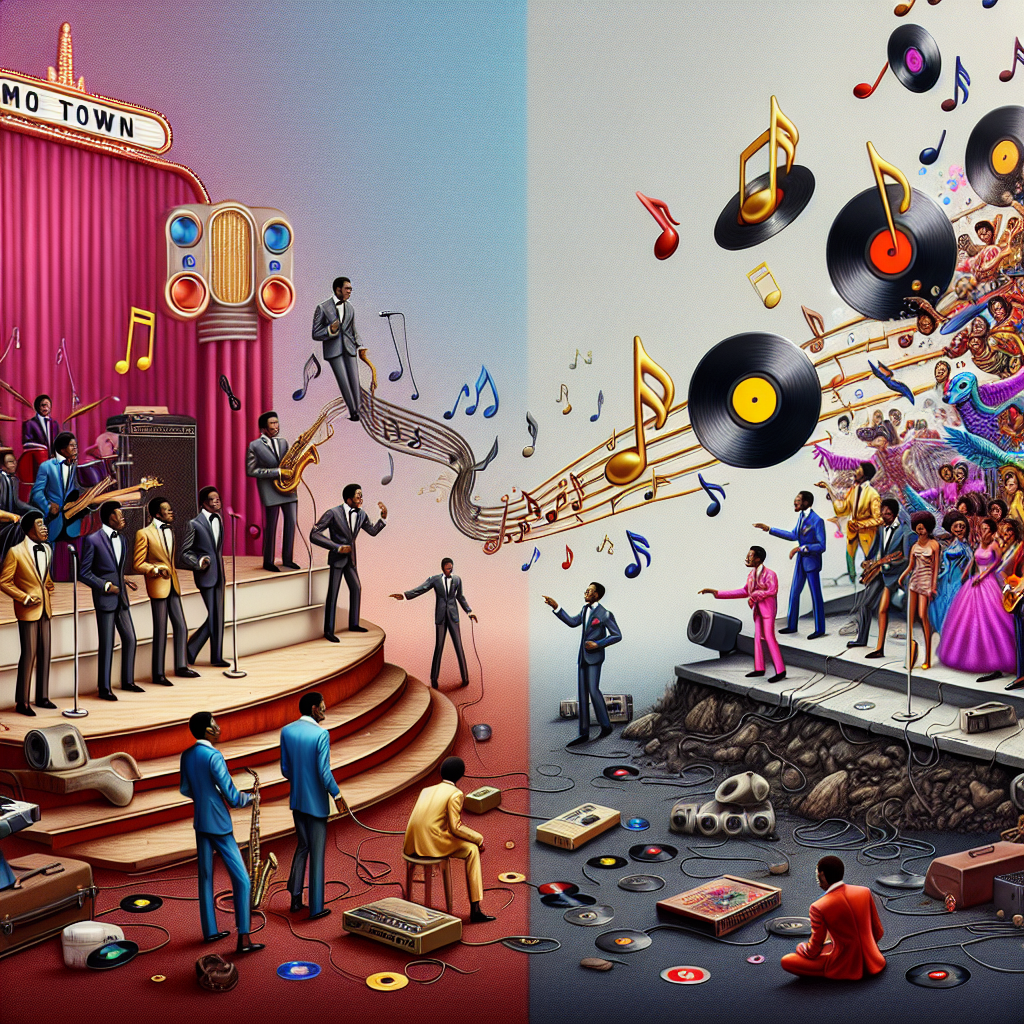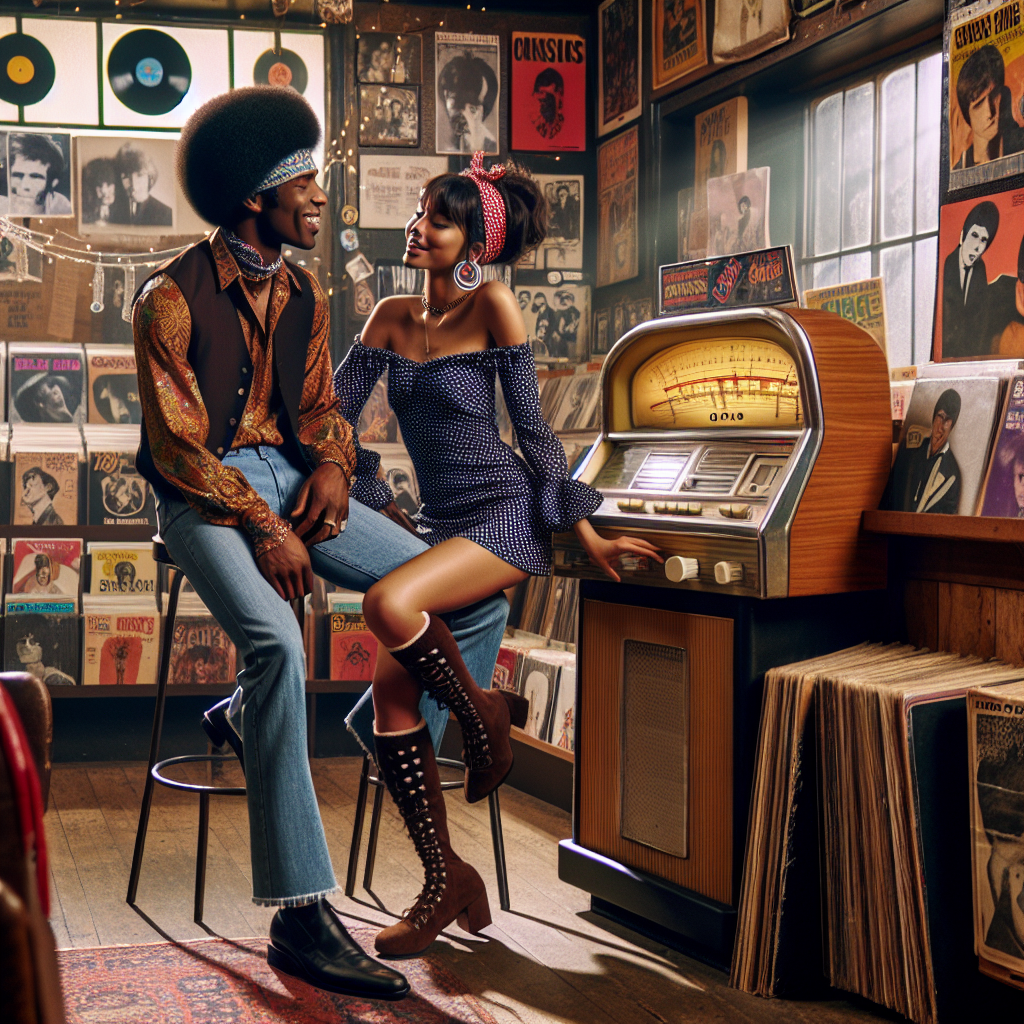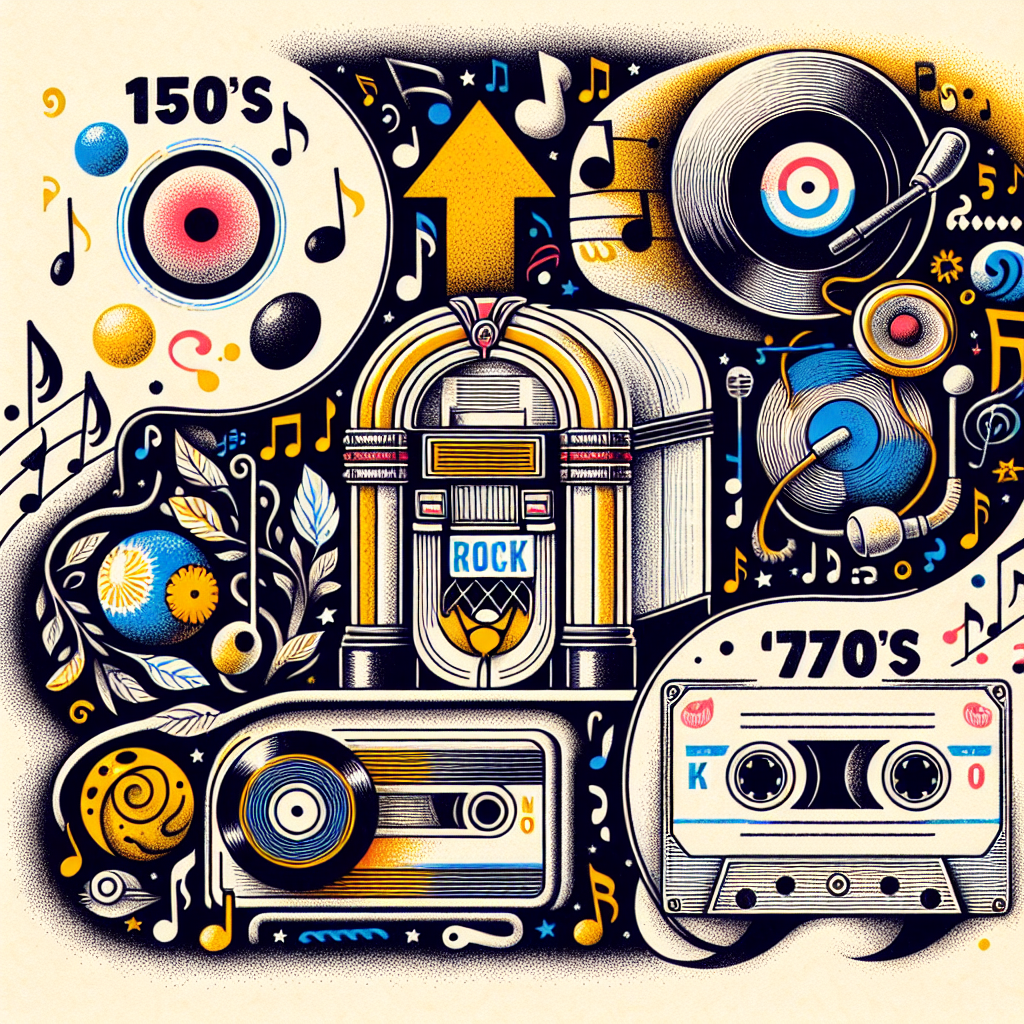As the Baby Boomer generation grew up in a world filled with political turmoil and social change, it’s no surprise that their music reflected these sentiments. From anti-war protests to civil rights movements, the music of this era served as a powerful tool for expressing political beliefs and inciting revolution.
Top 10 Political Anthems from the Baby Boomer Generation
- “Blowin’ in the Wind” by Bob Dylan – This iconic protest song became an anthem for the civil rights movement and anti-war protests.
- “Ohio” by Crosby, Stills, Nash & Young – Written in response to the Kent State shootings, this song captures the outrage and grief felt by many during this turbulent time.
- “Fortunate Son” by Creedence Clearwater Revival – A scathing critique of class privilege and the Vietnam War, this song resonated with many who were disillusioned with government policies.
- “Revolution” by The Beatles – This song reflects the growing revolutionary spirit of the late 1960s and calls for change on a global scale.
- “What’s Going On” by Marvin Gaye – Addressing issues such as poverty, police brutality, and environmental degradation, this soulful track remains relevant today.
- “Get Up Stand Up” by Bob Marley & The Wailers – With its message of standing up against oppression and injustice, this reggae classic continues to inspire activists around the world.
- “Imagine” by John Lennon – A utopian vision of a world without borders or divisions, this song remains a timeless plea for peace and unity.
- “The Times They Are A-Changin'” by Bob Dylan – An anthem for social change, this song captures the spirit of revolution that was sweeping across America in the 1960s.
- “War” by Edwin Starr – With its powerful chorus declaring “War! What is it good for? Absolutely nothing!” this Motown classic became an anti-war rallying cry.
- “Fight the Power” by Public Enemy – This hip-hop anthem addresses racism, police brutality, and systemic inequality with unapologetic force.
The music of the Baby Boomer generation not only entertained but also inspired listeners to question authority, challenge societal norms, and strive for a better world. As we navigate our own turbulent times with advances in technology shaping our world, these political anthems serve as a reminder of the power of music to spark revolution and drive social change. Let’s continue to listen, learn, and be inspired by these timeless classics.
